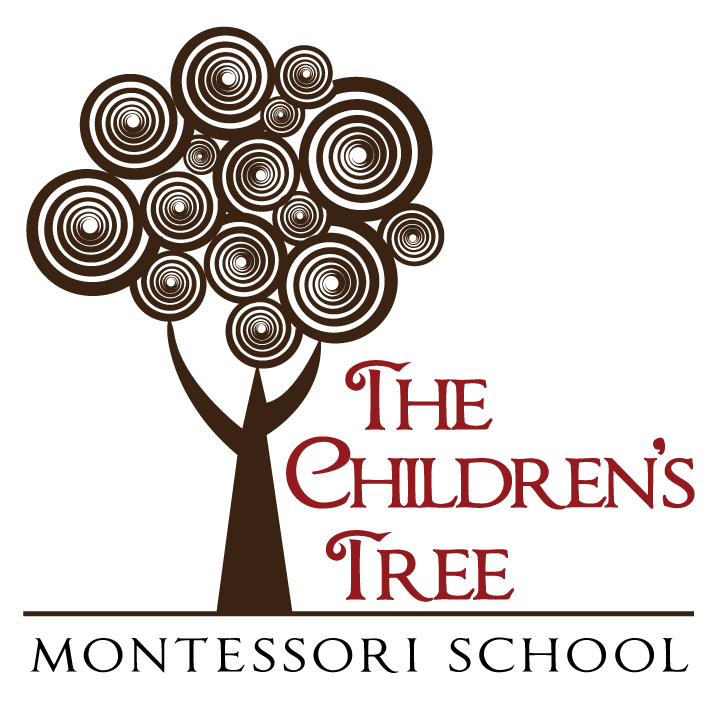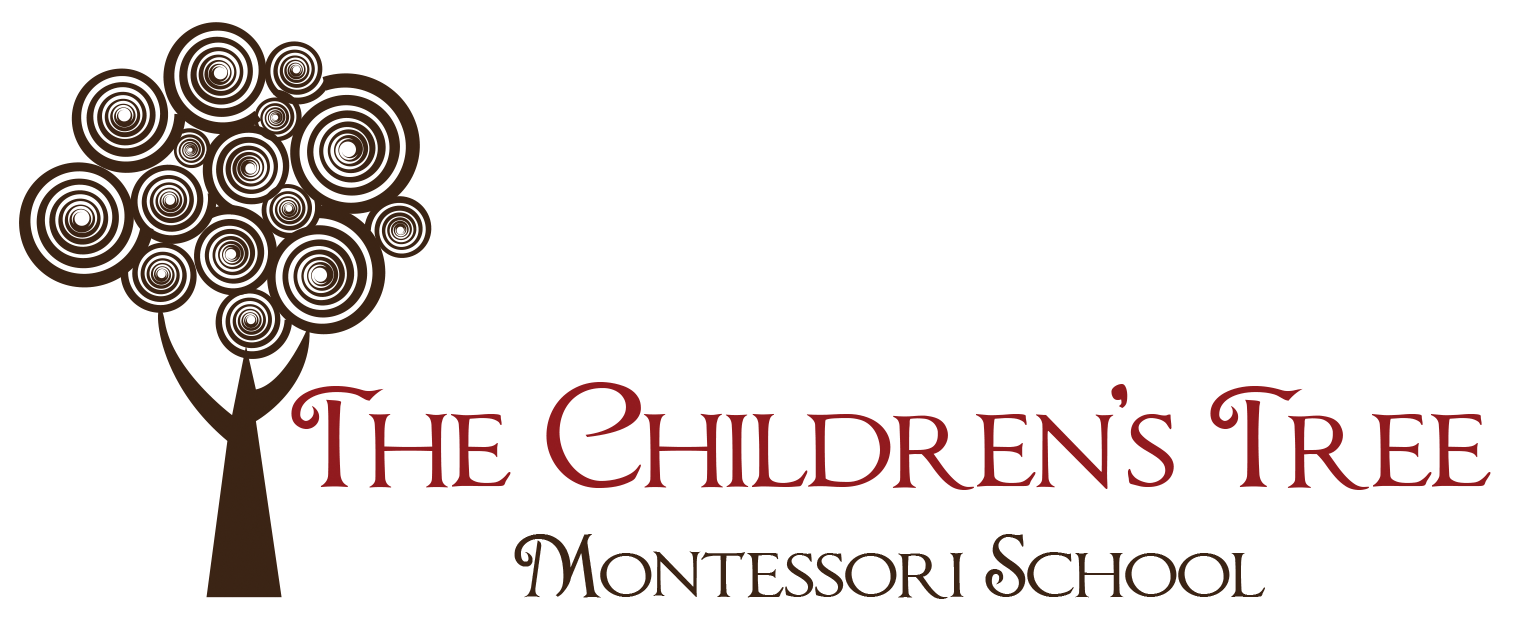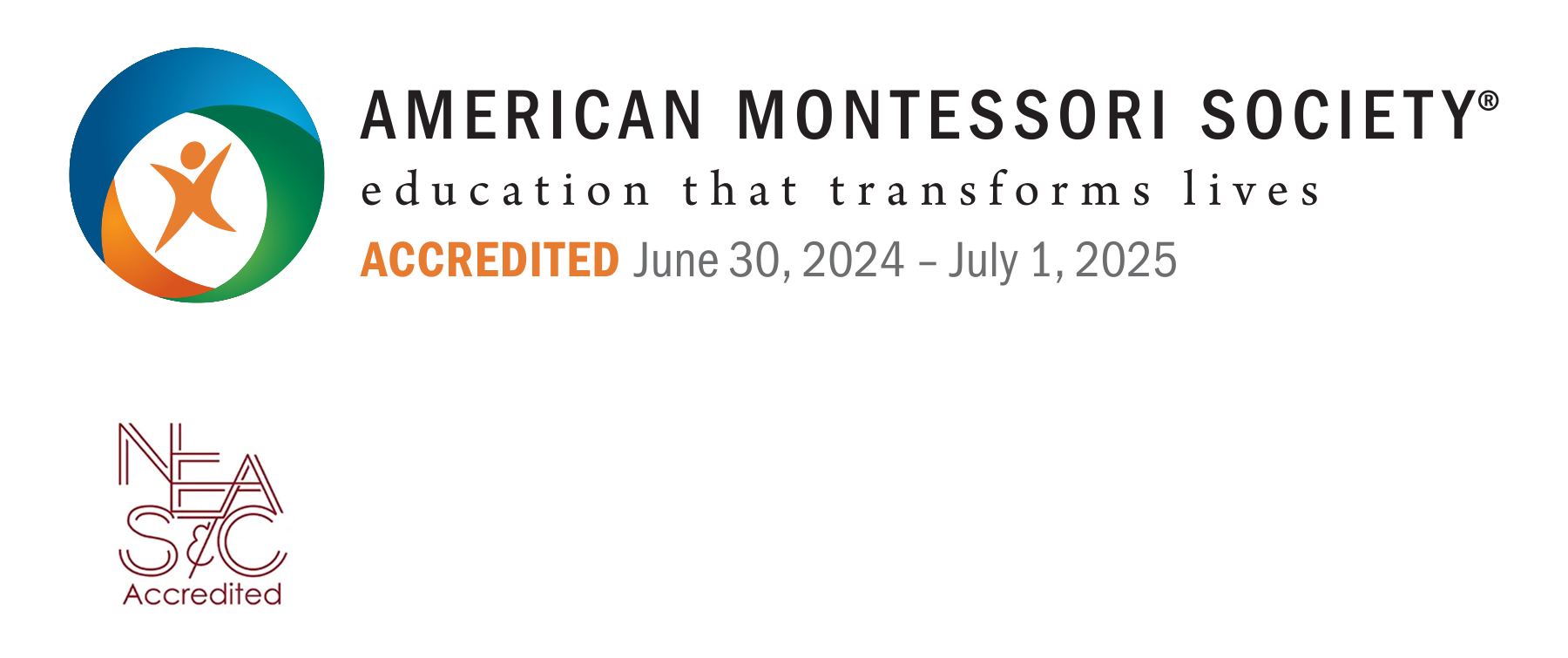The Toddler Classrom
The Nest – Toddler Classroom
Montessori toddler classroom is carefully designed to meet the physical and developmental needs of the very young child, both in the size of the furnishings and in the opportunities for motor development. There is an observation area for adults, minimal furniture, tiled floors, maximum natural light, selected art placed low on the walls, toilets sized for very small children, and defined spaces to challenge coordination of movement.
Young Students
These young students need to move and explore everything in an environment where we can trust that the child will be safe. Freedom is given within limits in order for the child to become organized and learn respect for others.
The Environment
Toddlers absorb information from sights, sounds, smells, textures and taste without formal lessons. The environment is prepared in a way that appeals to the senses through order, balance, and harmony and allows children to follow their natural curiosity and to experiment with the materials. The toddler classroom distinct areas for movement, practical life, arts, language, math and sensorial learning (also see Learning Goals)


